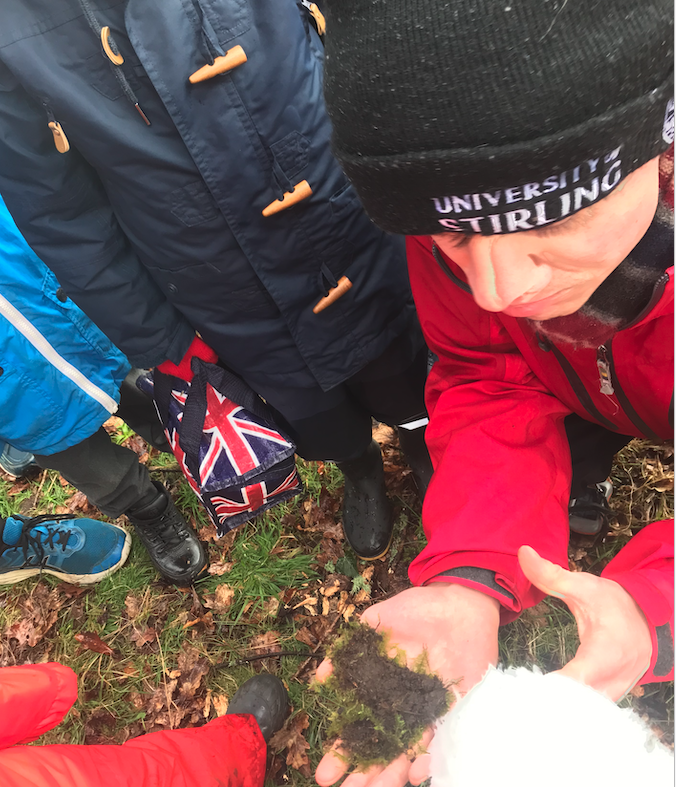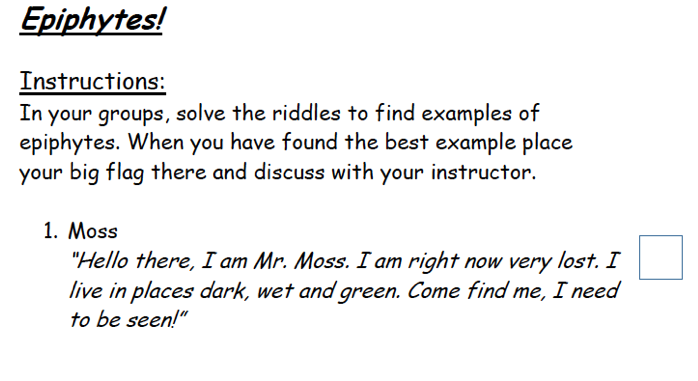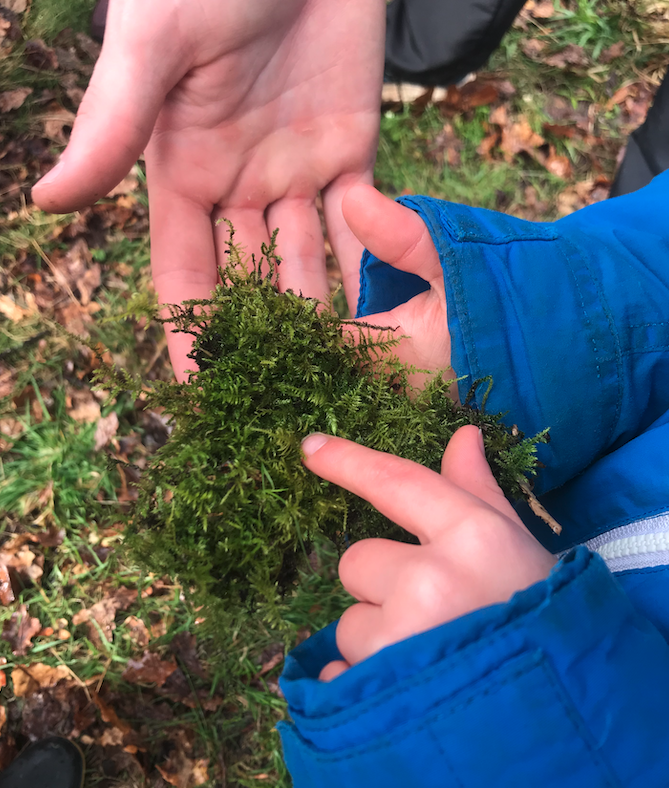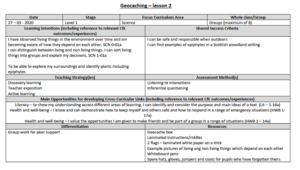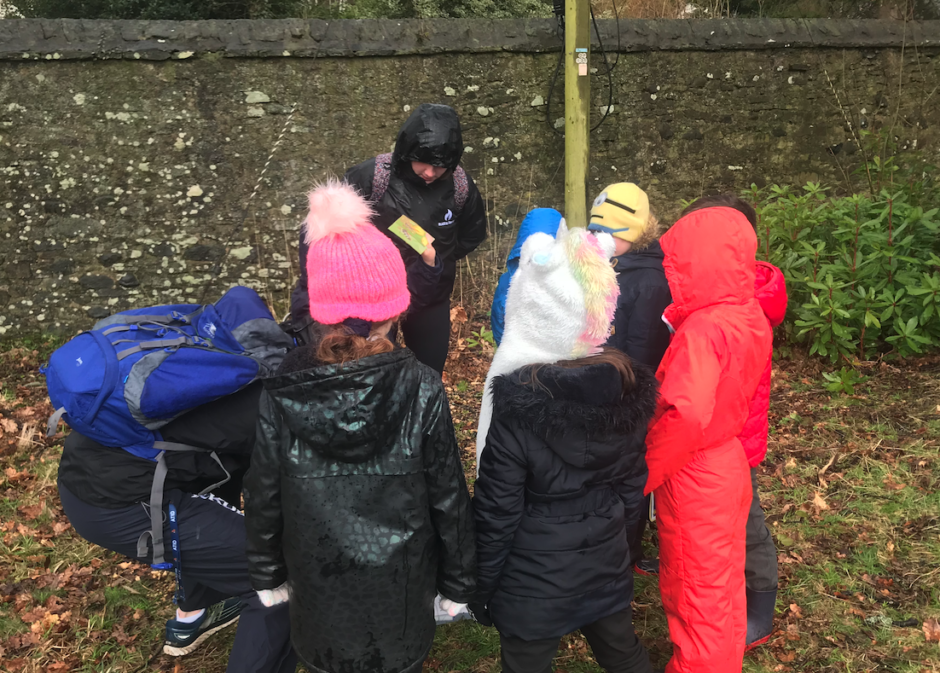
Lesson Planning and Rationale by Jack, Cameron, Jonathan, & Hannah (Yr 3 University of Stirling 2020)
Epiphytes! A sequence of three lessons
Geocaching (Lesson 2 of three) is extracted here
The Geocache Lesson Rationale – (Extract)
As mentioned previously, lesson 2 will be designed for and delivered to a group of local primary school children in a wooded area of the Stirling University campus. This lesson builds on the learning of lesson 1. While lesson 1, looks at the conventional growing conditions of a plant, lesson 2 begins to explore plants which use other plants as growing sites- epiphytes Namely, Moss, Lichen and common Ivy.
As this lesson examines flora in their natural niches, we as a group, felt that this lesson was the clear candidate out of the 3 to be a place-responsive lesson. By letting the children see these plants in their real-life habitats, we felt this offered the context for the learning that simply could not be conveyed in the confines of a school classroom. There has been extensive volume of research into the benefits of place-responsive teaching. Smith (2002) writes, “The primary value of place-based education lies in the way that it serves to strengthen children’s connections to others and to the regions in which they live.” By introducing the children to plants which are present in abundance in areas within their own access, this allows for them to feel more invested in the place where they are from and more connected to the nature which immediately surrounds them. This is the key reasoning and philosophy which underpins all outdoor learning.
Place-based educators welcome and nourish this connection which can be harnessed to promote a variety of spiritual, political, economic, ecological, and pedagogical avenues (Gruenewald, 2003). In the case of our sequence of lessons, we begin by introducing the children through the means of science in lesson 1 and then moving on to place in lesson 2.
The children are to split up into small groups of 3-4 and are tasked with finding the 3
mentioned plants (Moss, Lichen & Ivy) with riddles hinting at their physical appearances and likely growing sites. Before the task commences, the children are familiarised with the set boundaries and the key safety risks this area poses- denoted in the risk assessment. The place our group has selected has an abundance of examples of each of these plants, meaning locating and taking a sample should not prove too difficult for children of the age of 7-9 (primary 3&4).
Although this task presents no obvious traditionally academic challenge, it could be argued that the real-life aspect of looking for these plants in their native habitat exponentially increases the individual child’s interest in the subject matter and then subsequently their understanding of the subject in question. Place-based educators will not discount the role content and skills play in a young child’s overall learning journey, but postulate that the study of places can help boost student engagement and understanding through the means of multidisciplinary, experiential, and inquiry based learning. Furthermore, these outdoor experiences often not only prove to be relevant but also potentially contribute to the wellbeing of community life (Gruenewald, 2002; Haas & Nachtigal, 1998; Smith, 2002; Theobald & Curtiss, 2000).
This emotional engagement which arises from being in the place, is a crucial
aspect to place-based learning. The natural progression from being in the place, is caring for the place. Questions of sustainability and accountability start to become apparent to practitioner and student alike. Our group decided to start addressing these questions in lesson 3.
